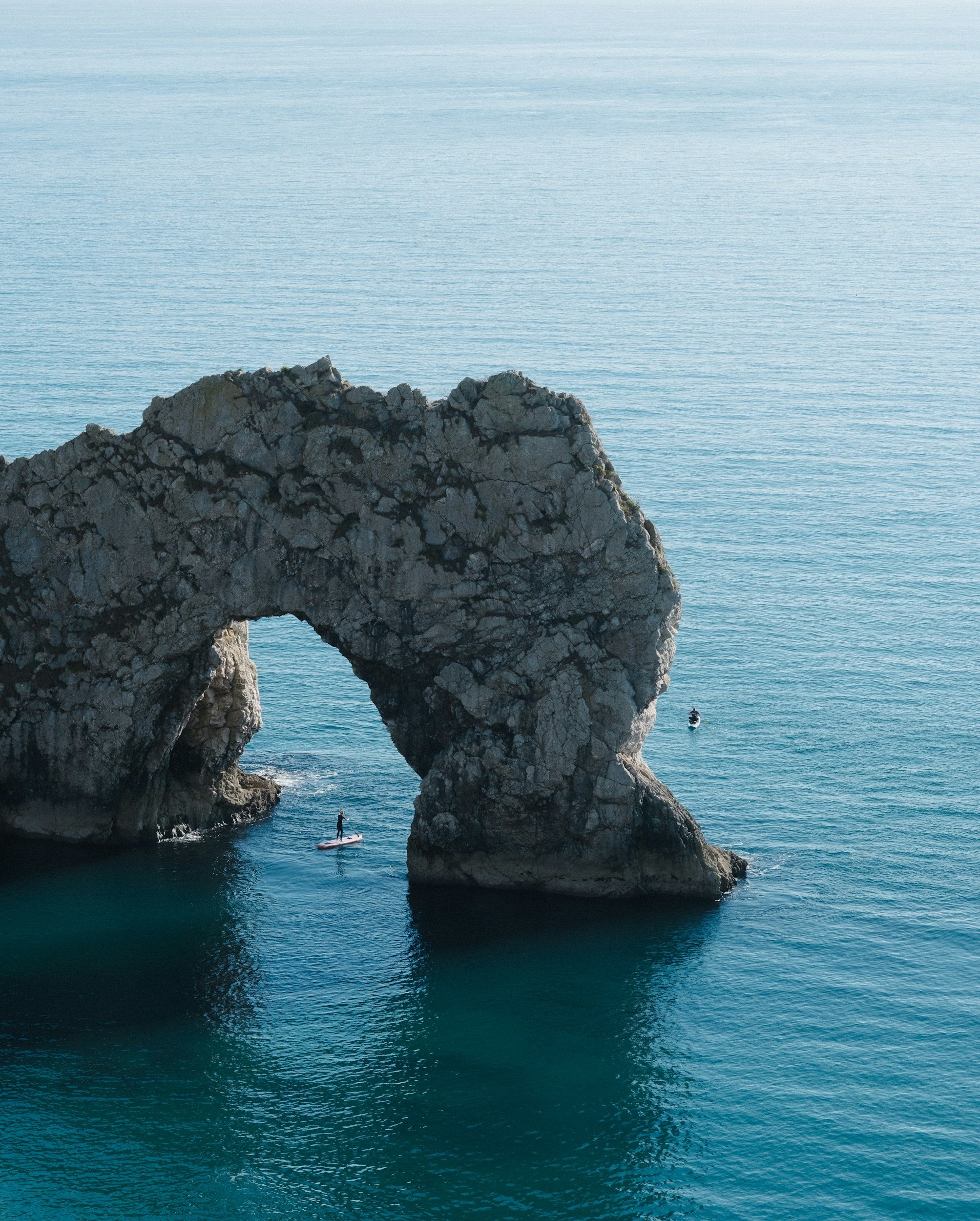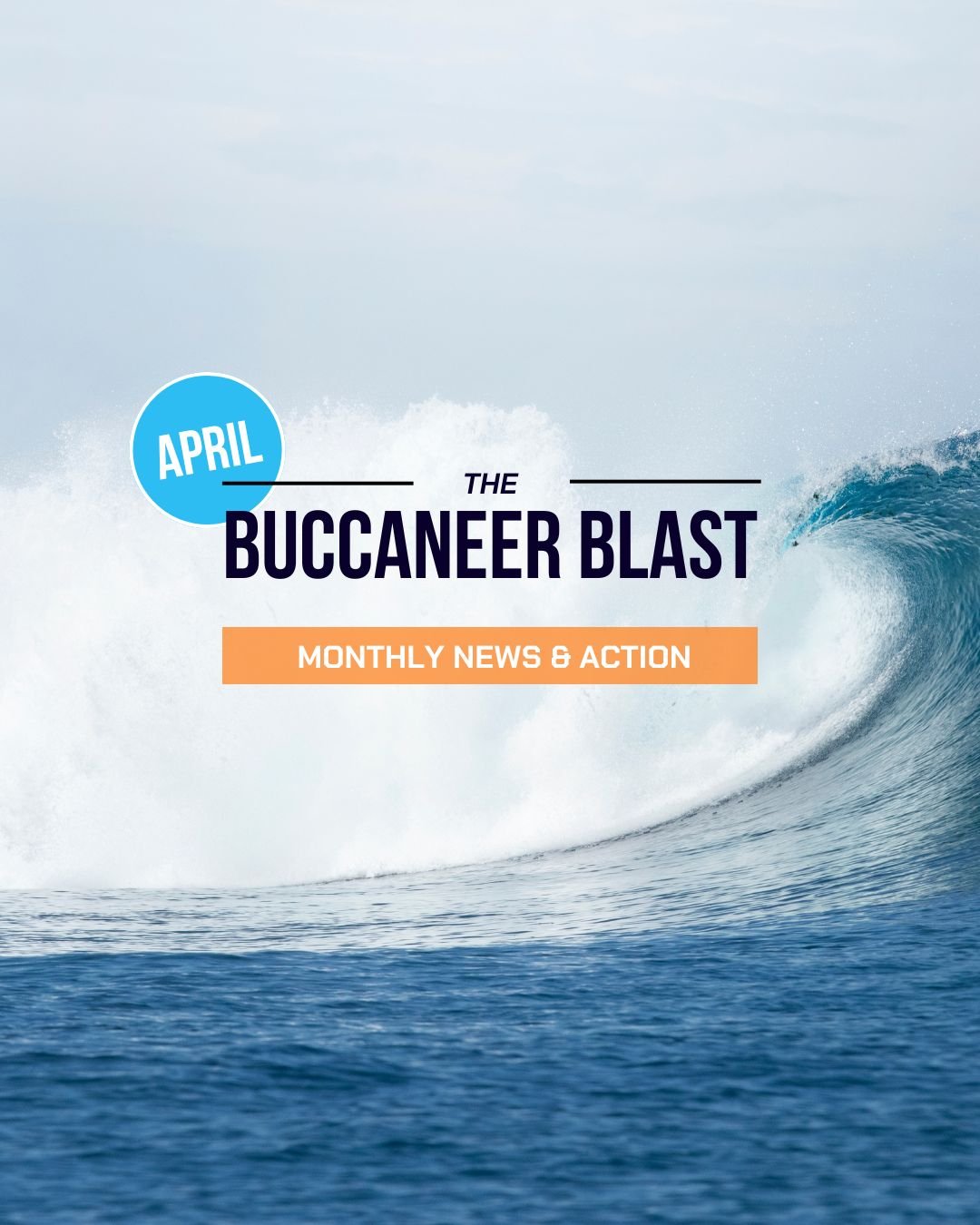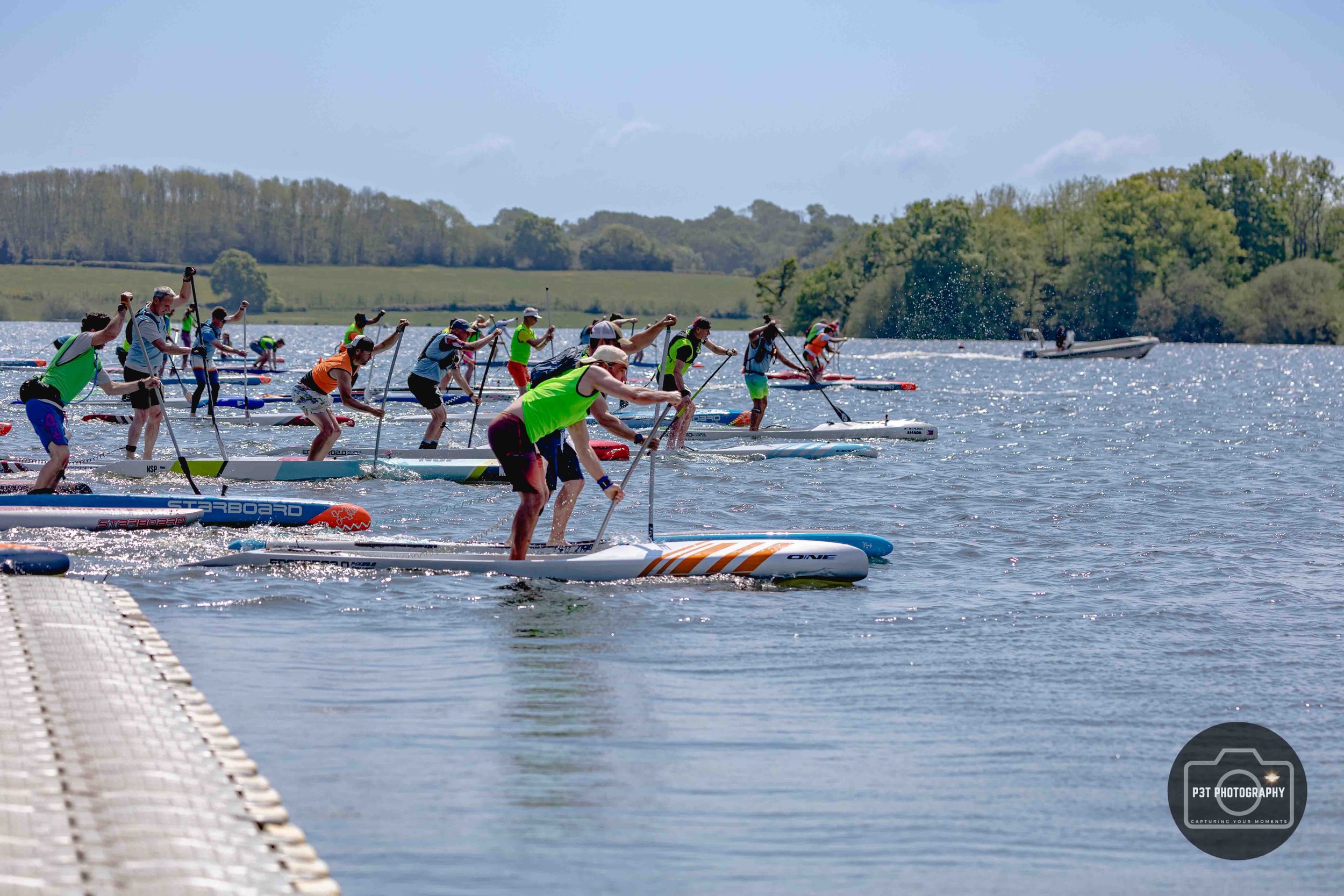
SUP: Everything You Need to Know to Get Started
Paddle Boarding, also known as Stand-Up Paddleboarding (SUP), is probably one of the most accessible action sports. It combines elements of surfing and kayaking. For the uninitiated, it involves standing on a large board and using a paddle to navigate through the water. This sport has gained immense popularity due to its simplicity, accessibility, and the unique combination of relaxation and fitness it offers.
SUP is extremely diverse, anything from a gentle relaxing paddle on calm tranquil waters through to racing and SUP surfing.
Even though it can look innocuous and super safe, there are always hazards when setting out on the water, so we would absolutely advocate getting some intro lessons from a professional. You might be surprised at the number of accidents and dangerous situations folks have got themselves in through not being aware of the potential hazards.
Here are the main components and features of Paddle Boarding:
-
The paddleboard is the primary piece of equipment. It's similar to a surfboard but typically wider and more stable, making it easier to stand on. Boards come in various sizes and styles depending on the activity, such as flatwater paddling, SUP yoga, or wave riding.
-
The paddle is used to propel the board through the water. It typically has a long shaft with a single blade at the end, designed to be held with both hands. The paddle’s length can be adjusted to fit the rider’s height and paddling style.
-
The leash is an essential safety tool that attaches the rider to the board. If you fall off, the leash ensures the board stays close, preventing it from drifting away in the water. In recent times the safety element of the types of leash used has come under a lot of discussion. Most board packages are sold with an ankle leash just like a surfboard. Depending on the type of paddle boarding and perhaps most importantly the destination you will be paddling (Sea, River, lake) will change the recommendation on the type of leash used. Flowing water can present hazards for an ankle leash, and it may be preferable to use a waist leash instead. A waist leash is one that attaches to a belt around your waist rather than the ankle. Make sure you chat to your local club and or equipment supplier, talk to them about where you are likely to go paddling and follow their advice in terms of safety. Personally, we have both types of leash in our equipment bag. On rivers particularly where there is a current, we use a waste leash.
-
A PFD should always be worn. It provides added safety, especially in open or rough water conditions. We always advocate for wearing PFD on the water.
-
Paddleboarding is best enjoyed in calm water conditions, such as lakes, bays, or slow-moving rivers. However, more experienced paddlers may venture into ocean waves or windy conditions for a greater challenge.
-
Paddleboarding encompasses various styles, including touring (long-distance paddling), SUP surfing (riding waves), and SUP yoga (practicing yoga on the board). Each style requires different techniques and equipment.
-
Safety is crucial in paddleboarding. Common gear includes a PFD, a leash, and sometimes a helmet, especially when paddling in rough waters or near rocky areas.
Paddle Boarding is a fun and accessible sport, but it requires proper instruction to master the techniques and ensure safety.
Beginners should consider taking lessons from certified instructors to build confidence and develop the necessary skills.
Why is Paddle Boarding So Awesome?
Paddleboarding is considered awesome for many reasons, blending physical activity with a deep connection to nature.
Here’s why it captivates so many enthusiasts:
Kitesurfing is awesome because it combines the thrill of extreme sports with the serenity of nature, providing a comprehensive workout and a mental escape. The sense of freedom, community, and personal achievement it offers makes it a truly unique and captivating activity.
|
Kitesurfing is awesome because it combines the thrill of extreme sports with the serenity of nature, providing a comprehensive workout and a mental escape. The sense of freedom, community, and personal achievement it offers makes it a truly unique and captivating activity. |
Why is Paddle Boarding So Addictive?
Paddleboarding is addictive for several reasons. The combination of physical activity, mental relaxation, and the sheer enjoyment of being on the water makes it hard to resist returning for more.
How Hard is it to Get into Paddle Boarding?
Getting into paddleboarding is relatively easy, but with the right approach and resources, anyone can do it. Here are some key factors to consider:
-
Initial Learning: Standing up on the board and getting comfortable with paddling may take some practice, but most people can pick it up quickly with a few lessons.
Physical Fitness: Paddleboarding requires a moderate level of fitness, particularly in your core, arms, and legs. However, you don’t need to be in peak physical condition to start.
-
Professional Instruction: Taking lessons from a certified instructor is recommended. They provide structured learning, safety tips, and hands-on practice.
Lesson Duration: Beginners often need a few hours of lessons to grasp the basics. This can be spread over a day or a couple of sessions.
-
Gear Familiarity: Getting familiar with the board and paddle is essential. Renting gear initially can be cost-effective and allows you to try different setups.
Safety Gear: Wearing a PFD and using a leash are important for safety and comfort.
-
Water Conditions: Learning in calm, flat water is ideal for beginners. As you gain experience, you can explore more challenging conditions.
Location: Some places are better suited for beginners due to favourable water conditions and accessible entry points.
-
Regular Practice: Like any sport, regular practice is key. The more you paddle, the quicker you’ll improve.
Dealing with Challenges: Expect some falls and frustrations along the way. Patience and perseverance are important.
-
Paddleboarding Community: Joining a paddleboarding club or community can provide support, encouragement, and valuable tips from experienced paddlers.
Mentorship: Having a more experienced paddleboarder as a mentor can greatly enhance your learning experience.
-
Cost of Lessons: Professional lessons can be an investment, but they are worthwhile for safety and quick progress.
Buying Equipment: Once committed, purchasing your own board and paddle is a significant expense but necessary for regular practice.
Is kitesurfing physically hard?
Kitesurfing can be physically demanding, but the level of difficulty depends on several factors, including your fitness level, experience, and the conditions in which you are kitesurfing. Here’s a breakdown of the physical aspects involved:
Core Strength and Stability
Engages Core Muscles: Paddleboarding requires strong core muscles to maintain balance and control on the board.
Improves Balance: The sport demands good balance, especially when paddling in choppy water.
Upper Body and Arm Strength
Paddle Control: Your arms and shoulders are essential for controlling the paddle. The repetitive motion can be strenuous, especially during long paddles.
Leg and Lower Body Strength
Board Riding: Standing on the board and maintaining stability requires strong legs. Your legs play a crucial role in balance and manoeuvring.
Cardiovascular Fitness
Endurance: Paddleboarding is a full-body workout that can be quite aerobic, especially over longer distances.
Adaptation to Conditions: Paddling against the wind or in choppy waters can elevate your heart rate and test your endurance.
Flexibility and Coordination
Dynamic Movements: Paddleboarding involves dynamic movements, requiring flexibility and coordination to handle the paddle and board effectively.
Learning Curve: Beginners might find the sport challenging due to the need to quickly learn and integrate various skills.
Safety Considerations
Physical Endurance: Being physically fit enhances your ability to handle falls and exertion, making the sport safer and more enjoyable.
Recovery: The physical effort involved can lead to muscle soreness, so good conditioning helps with recovery and reduces injury risk.




Looking for inspiration for your next paddle?
DISCOVER some great winter sup spots
There are over 1000 SUP spots in the Buccaneer Sessions app.
Download today for FREE!
CHECK OUT OUR BLOGS AND ARTICLES THAT feature paddleboarding
Embark on a journey of limitless possibilities.
Download Buccaneer Sessions Now
Download Buccaneer Sessions today and bring your dreams of surfing, sailing, kiting, riding, and paddling to life!






